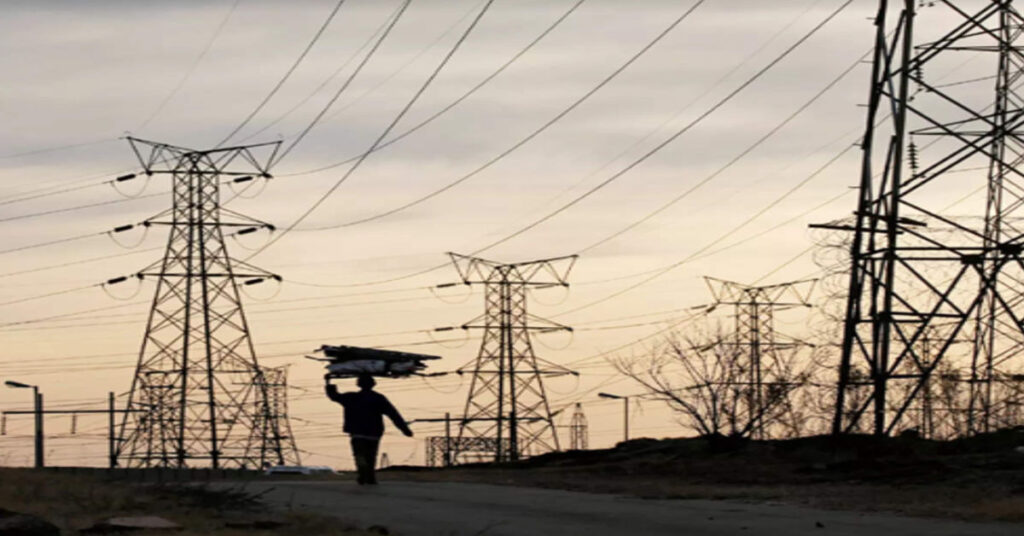These entities facilitate the seamless operation and trading of electricity across states and regions.

Indian power markets have come a long way since the country’s independence, evolving into a complex and dynamic ecosystem. At the heart of this development are organizations such as the Power System Operation Corporation (POSOCO) and regulatory bodies like the Central Electricity Regulatory Commission (CERC). These entities facilitate the seamless operation and trading of electricity across states and regions.
Fundamentally, India’s power market operates through three major segments: long-term, medium-term, and short-term contracts. Long-term contracts secure power purchase agreements (PPAs) that often span 25 years, providing a stable revenue stream for power generators. Medium-term contracts typically cover a range of one to five years, while short-term trading, conducted on power exchanges such as the Indian Energy Exchange (IEX) and Power Exchange India Limited (PXIL), facilitates more immediate transactions. The Unscheduled Interchange (UI) mechanism also plays a role, managing grid stability by balancing supply and demand in real-time.
One of the key advantages of the current power market structure is its efficiency. Power exchanges have streamlined trading, reducing the cost and time involved in securing electricity. This has led to increased competition among power producers, ultimately benefiting consumers through lower tariffs. Moreover, the integration of renewable energy sources into the grid has been more seamless, supported by favorable policies and incentives.
However, challenges remain. Transmission bottlenecks, grid management issues, and financial stress among distribution companies (DISCOMs) pose significant hurdles. Addressing these requires robust policy interventions, technological advancements, and financial reforms. The advent of smart grids, blockchain technology for transparent transactions, and Energy Storage Systems (ESS) are promising solutions that could transform the landscape.
Looking ahead, India’s power market is at a juncture where innovations and regulatory reforms could lead to unprecedented growth and sustainability. With ambitious renewable energy targets and a focus on reducing carbon footprints, the future appears promising. By embracing these changes, India can ensure a reliable, affordable, and sustainable power supply, fostering economic growth and improving the quality of life for its citizens.
